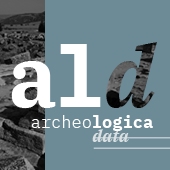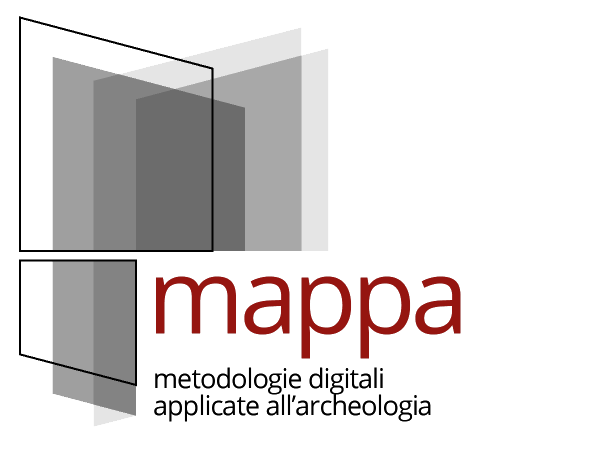
ArcheoLogica Data
ALD is the scientific journal that provides a space for sharing your datasets and publishing Open Access and peer-reviewed papers.
Submissions are open year-round; each year’s issue is published in spring and includes all contributions received by the editorial team by October 31 of the previous year.
The journal welcomes two types of contributions, in Italian or English:
- Short paper: up to 15,000 characters and 5 images.
- Long paper: minimum 30,000 and up to 50,000 characters, maximum 10 images.
Each contribution must be accompanied by one or more datasets (e.g., grey literature, photos, drawings, 3D models, shapefiles, etc.). It will be published both digitally under CC-BY 4.0 license with related DOIs, and in print format. If not yet published, datasets will be archived in the MOD repository (Open Data Map), in the Digital Library of the University of Pisa.
By October 31: submit the dataset and contribution in a compatible Word format, following the editorial guidelines (available on our website).
Attachments required:
- Authors’ statement
- Annex A (description of the dataset)
- Annex 1 (authorization for publication)
- Copy of ID
- Annex 2 (consent form from third parties, only if sensitive data of third parties other than the authors are mentioned in the dataset)
Datasets and contributions should be sent to: archeologicadata@mappalab.eu
